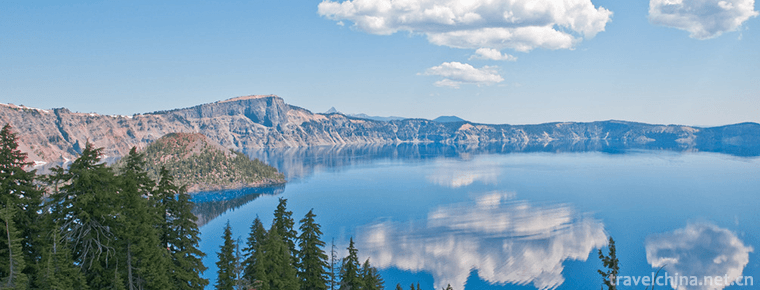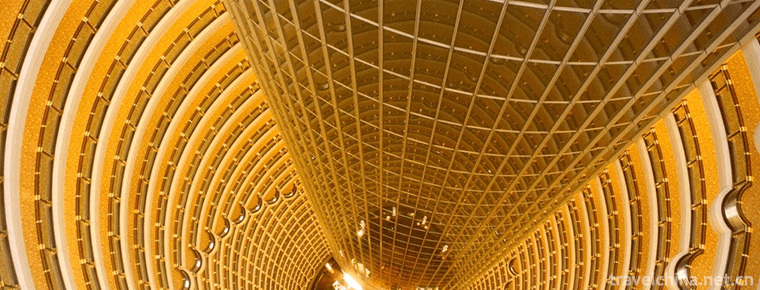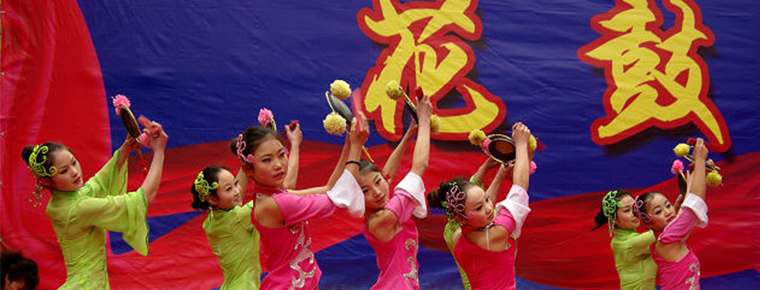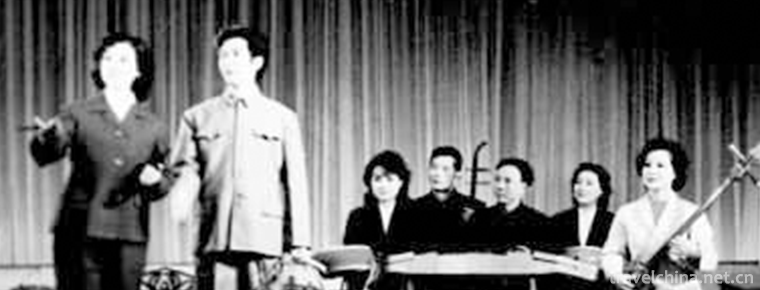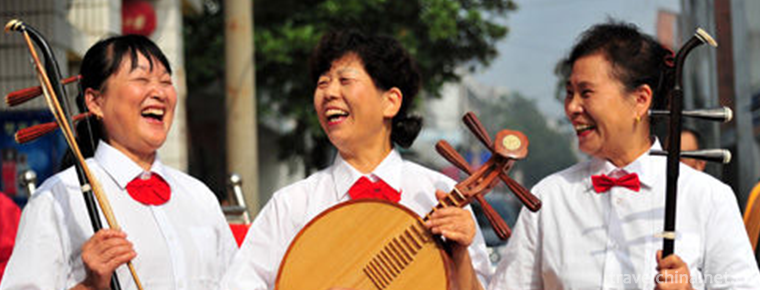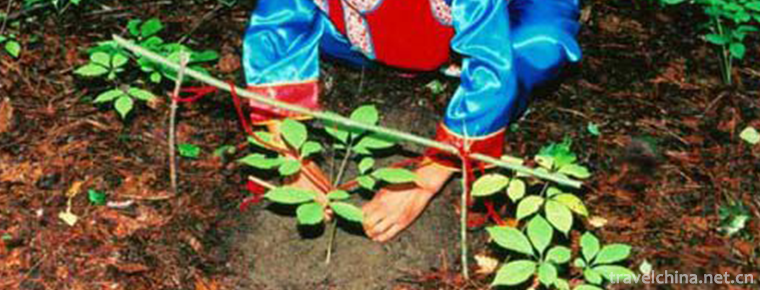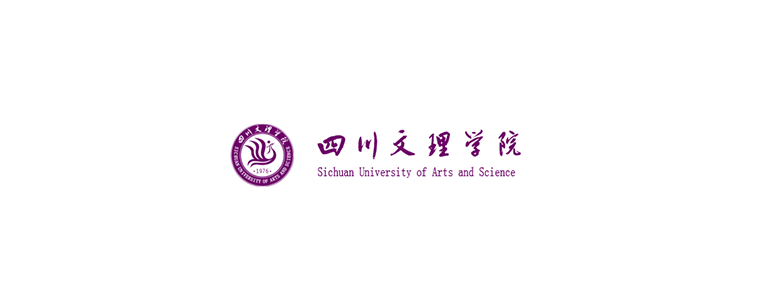Qinhu National Wetland Park
Qinhu National Wetland Park
Qinhu National Wetland Park is located between the central part of Jiangsu Province and the Yangtze and Huaihe River. The total area of the scenic spot is 26 square kilometers. By 2014, the area of the scenic spot open to tourists is 7 square kilometers. Natural resources are superior, and biological types are diverse. There are red-crowned cranes, elk, white swans, white-pillow cranes, white Orioles and so on.
Qinhu Lake Scenic Spot in Qinhu National Wetland Park is a provincial scenic spot approved by Jiangsu Provincial People's Government and a national 5A tourism scenic spot. It is the second national wetland park approved by the State Forestry Administration and the first National Wetland Park in Jiangsu Province.
geographical environment
Location context
Taizhou Qinhu Scenic Area is located in the northwest of Jiangyan District of Taizhou City in the central area of Jiangsu Province. It is within 2 hours'drive from Shanghai, Suzhou, Wuxi, Changzhou, Nanjing, Zhenjiang, Yangzhou, Nantong and other large and medium-sized cities. Ningyan First-class Highway and Jiangqin Highway pass through the area, while Ningjingyan Highway has exits in the scenic area.
topographic features
Scenic lakes, rivers and other areas account for about 37% of the total area, of which Qinhu Lake is a large-scale lake. Qinhu Lake, also known as Magpie Lake, is named for "magpie flying collection in the past". Qinhu Lake is 1.4 kilometers long in East and west, 1.5 kilometers long in South and north. It resembles Yupei. It covers an area of about 3500 mu. There are nine main rivers that reach the lake area in all directions. It naturally forms a strange landscape of "Kowloon Chaoque".
climate
Qinhu wetland belongs to the north subtropical monsoon climate zone, which is the transition zone between subtropical and temperate zones. The climate area is not cold in winter. The average temperature in January is generally above 0 C, and in summer is relatively hot. The average temperature in July is generally about 25 C. The wind direction in winter and summer has obvious changes. The annual precipitation is generally over 1000mm, mainly concentrated in summer and less in winter.
natural resources
Total resources
The wetland types in scenic spots are diverse, including swamps, lakes, rivers and constructed wetlands, in which the swamp wetlands are mainly composed of swamp plant communities dominated by Carex and Gramineae plants; the lake wetlands are mainly composed of submerged, floating, floating and upwelling plants; and the river wetlands are dominated by submerged and floating plants, with a small number of floating and upwelling plants. Reed communities are the most widely distributed in coastal areas, while other floating, submerged, tapir plants and wet trees and shrubs are scattered. Wetlands are rich in biodiversity, and various types of wetlands with relatively high ecosystem integrity provide good habitats for a variety of animals, especially for birds'habitat, foraging and reproduction. Preliminary statistics show that there are 97 species of birds, 21 species of mammals, 23 species of amphibians and reptiles, 38 species of fish and 21 species of zooplankton in Qinhu wetland. Qinhu wetland is of great value to the maintenance of regional biodiversity.
Biological species
By 2014, there were 153 species of wild plants and birds in the park, 97 species in total. There were 7 species of wild storks, black storks, red-crowned cranes and 7 species of wild geese, quails, magpies, grey magpies, thrushes and other 8 species of protected animals at the provincial level. Animals: A total of 21 species, the national first-level protection of animals are milu deer, the provincial protection of animals are hedgehogs, badgers, ferrets, leopard cats, weasels and so on. Amphibians and Reptiles: There are 23 species of amphibians and reptiles, including Golden Shallow Frog, Black Spotted Frog, Tortoise, Agkistrodon, etc. Fish: 38 species, in addition to river shrimp, crab, turtle, mussel, snail, snail, clam and so on. Other animals: 21 genera (species) of zooplankton, including 3 genera of protozoa, 4 genera of rotifers, 5 genera (species), 5 genera of copepods, 27 genera of benthic animals and 10 genera of insects.
Main attractions
Entrance of scenic spots
The gate is made up of five boats overlapping each other, symbolizing the annual Jiangyan Qintong Festival. The eight characters "Qinhu National Wetland Park" above the gate of the scenic spot were written by Mr. Zhao Xuemin, president of China Wildlife Conservation Association and former deputy director of the State Forestry Administration.
Ten Li Qin Lake
Qinhu Lake, also known as Magpie Lake, is 1.4 kilometers long in East and west, 1.5 kilometers long in North and south, similar to Yupei, with an area of about 2.1 square kilometers. Looking up, there are nine main rivers from all directions to the lake area, which naturally forms the strange landscape of "Kowloon Chaoque".
Military Sports Paradise
Qinhu Military Sports Paradise, the scene of CS real-life confrontation. There are colour bullet shooting and quality development projects.
Three yuan hot spring
Qinhu Wetland Park contains abundant geothermal resources. The outlet temperature of the "Sanyuan Wet Spring" developed is more than 42 C. Water quality is clear and transparent, rich in a variety of elements beneficial to the body, with heating, bathing, health care and other effects.
Ancient Shou Sheng Temple
Ancient Shousheng Temple was built in the Song Dynasty, more than 700 years ago, when it was one of the "fourteen jungles" in Taizhou Buddhist circles. During the Cultural Revolution, the temple was destroyed. In the prosperous period of the Changming Dynasty, with the consent of the Taizhou Municipal People's Government, the ancient Shousheng Temple was restored and rebuilt in the beautiful Qinhu National Wetland Park.
On October 5, 2004, the ancient Shousheng Temple held a grand ceremony for the opening of Buddhist statues. The Buddhist monks from various mountains were invited to attend.
Waiting hall
Waiting Hall, built near the water, was completed and put into use in 2008. The hall is divided into two floors, the upper one is equipped with leisure facilities such as book bar, tea bar, film and television hall, and the lower one is mainly a local shopping mall, which mainly shows the famous local products in Taizhou area. There are Jiangyan thin crisp, Taizhou Sanma, Jingjiang preserved meat, Huangqiao pancakes and so on. The waiting hall, shaped like a sailing ship, once again confirms the deep ship culture of Qintong.
Wetland Science Museum
Qinhu Wetland Science Museum covers an area of nearly 8000 square meters. Popular Science Museum is divided into three layers. The theme of the first layer is "Searching for Qinhu Lake". There are eight exhibition areas, such as Shuiyun Lake, Bird-watching Paradise, Elk Hometown, Green Shadow, Qinhu Lake Night, Footprint Star Sky, Qinhu Lake Rhyme, and Immersion Qinhu Lake. The theme of the second floor is "Searching for the Origin". There are exhibition areas such as Searching for the Origin, Wetland Milky Way, Qinhu Meeting Ship, Qinhu Bricks and Tiles, Crisis and Recovery, Kidney of the Earth and Ecological Garden. The geographical location, local cultural characteristics and customs of Qinhu Lake are introduced, and the functions of wetlands are displayed and explained. The third floor is a large-scale scene of "magpie nesting", which shows the great events that human beings have experienced in the process of protecting wetlands and nature worldwide.
Wetland Exploration Paradise
Wetland Exploration Park provides recreational experience park, mainly some climbing facilities.
Transport line
Self-driving route of Qinhu National Wetland Park in Taizhou:
(1) Self-driving route from Shanghai to Qinhu Scenic Area:
Along the Yangtze River Expressway - Jiangyin Bridge - from Guangjing Expressway to Ningjing Yancheng Expressway - to Yancheng direction, to Qintong No. 6 exit (Note: Xinghua Lizhong from No. 8) _Nanjing to Qinhu Lake Scenic Spot self-driving route:
Walk along Ningtong Expressway to Diaopu Expressway in Taizhou, then go through Taizhou City to Jiangyan, and arrive at Qinhu Avenue in Jiangyan in half an hour, all the way north to Qinhu Scenic Area.
(3) Self-driving route from Zhejiang to Qinhu Scenic Area:
From Zhejiang to Shanghai-Nanjing Expressway-to-Xicheng Expressway-to-Jiangyin Bridge-to-Guangjing Expressway to Ningjing-Yancheng Expressway-to Yancheng direction, to Qintong exit.
(5) Self-driving route from Zhenjiang to Qinhu Scenic Area:
Pass Runyang Bridge - go along Ningtong Expressway, go to Nantong, turn to Ningjing Yancheng Expressway, go to Yancheng and go to Qintong Exit.
(5) Self-driving routes from Su, Xichang to Qinhu Scenic Area:
Shanghai-Nanjing Expressway - Zhuanxi-Chengdu Expressway - Jiangyin Bridge - Guangjing Expressway to Ningjing-Yancheng Expressway - to Yancheng direction, to Qintong export.
Note: Take Yanjing Expressway to Qintong Exit to Qinhu Scenic Spot and get to the gate of the Scenic Spot in two to three minutes.
Taizhou Qinhu bus route:
Jiangyan Bus 816 is directly connected to the scenic spot. Tourists can choose to take tourist buses at local railway stations and long-distance bus stations (Taizhou Railway Station, Taizhou Bus Station and Jiangyan can all reach the scenic spot)





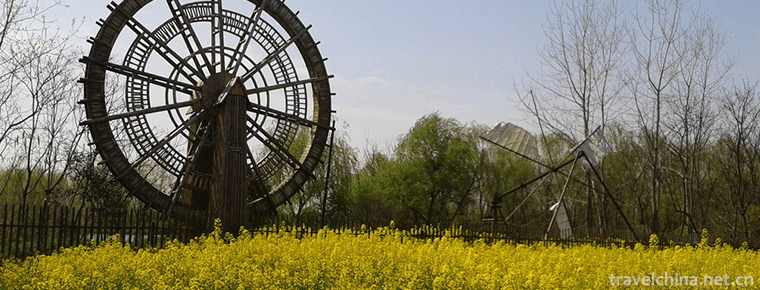
-
Tianshan Tianchi Scenic Area
Tianchi Mountain: World Natural Heritage, National AAAAA Class Tourist Scenic Spot, National Geopark, National Key Scenic Spot, National Civilized Scenic Spot, International and Natural Biosphere Rese.
Views: 150 Time 2018-12-12 -
88 Floor Sightseeing Hall of Jinmao Building
Jinmao Tower's 88th floor sightseeing hall, located in Shanghai, China, has a height of 340.1 meters and an area of 1520 square meters. It is the largest sightseeing hall in China at present. It is th.
Views: 1600 Time 2019-01-26 -
Fengyang flower drum
Fengyang flower drum is also known as "flower drum", "beating flower drum", "flower drum gong", "double drum" and so on. Fengyang flower drum originated in Linh.
Views: 331 Time 2019-04-29 -
Hua gu deng Flower drum lantern
Flower drum lantern, a traditional dance in Bengbu City, Fengtai County and Yingshang County, Anhui Province, is one of the national intangible cultural heritage..
Views: 233 Time 2019-05-04 -
Mulao Effort Festival
Mulao people mainly live in Guangxi Zhuang Autonomous Region and call themselves "Ling" and "Jing". Yifan Festival is a unique traditional festival of Mulao nationality, with a str.
Views: 104 Time 2019-06-06 -
Sichuan ballad singing
Sichuan Qingyin, formerly known as Pipa and Yueqin, is one of the traditional operas in Sichuan Province. In the 1930s, Qingyin Song Concerts or Improvement Meetings were set up in Chengdu and Chongqi.
Views: 200 Time 2019-06-16 -
Silk Bamboo in Yichang
Yichang silk bamboo, also known as "fine music", is the representative genre of folk instrumental music art in Yichang. It is mainly popular in Yaqueling and Longquan of Yiling District, and.
Views: 139 Time 2019-07-12 -
The Custom of Collecting Ginseng in Changbai Mountain
The custom of collecting ginseng in Changbai Mountain has a long history. As early as the middle of the 3rd century, ginseng has been excavated. In order to survive and find, excavate and preserve gin.
Views: 153 Time 2019-07-25 -
Sichuan University of Arts and Science
Sichuan Academy of Arts and Sciences, located in Dazhou City, Eastern Sichuan Province, has a history of running higher education which can be traced back to Longshan Academy in late Qing Dynasty, whi.
Views: 146 Time 2019-08-31 -
Education in Luzhou
In 2017, the construction area of the completed school buildings in Luzhou city was 842500 square meters; 670 million yuan of tuition free, financial aid, and nutrition lunch program was arranged to subsidize students with financial difficulties from families, and 79747 students with financial .
Views: 361 Time 2020-12-14 -
Cultural undertakings in Luzhou
By the end of 2017, Luzhou had 8 cultural centers and 142 cultural stations, including 128 Township comprehensive cultural stations, 14 urban community (street) cultural centers, 9 public libraries, 2 art galleries and 13 museums (memorial halls), all of which are free of charge..
Views: 323 Time 2020-12-14 -
Dazhous secondary industry
In 2019, the added value of all industries in Dazhou is 46.35 billion yuan, an increase of 8.7% over the previous year, of which the added value of industries above Designated Size will increase by 9.6% (see Table 2). Among the industries above .
Views: 305 Time 2020-12-20
